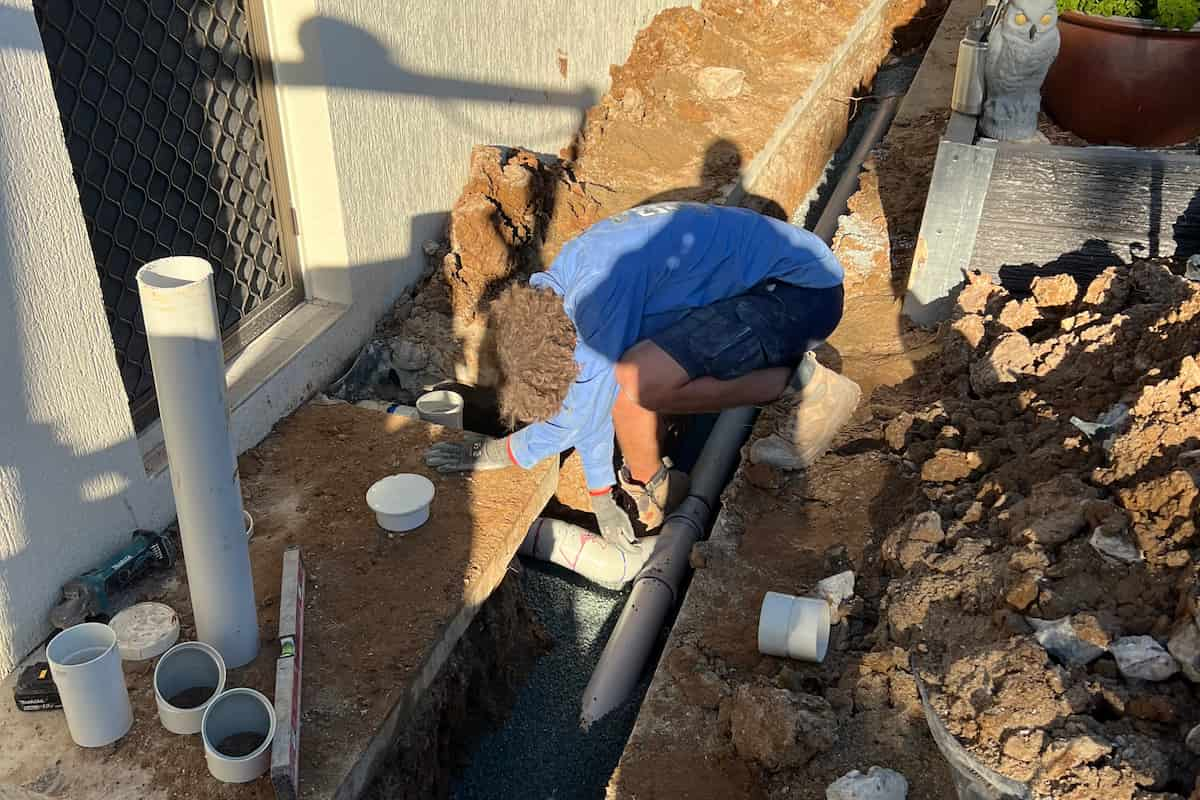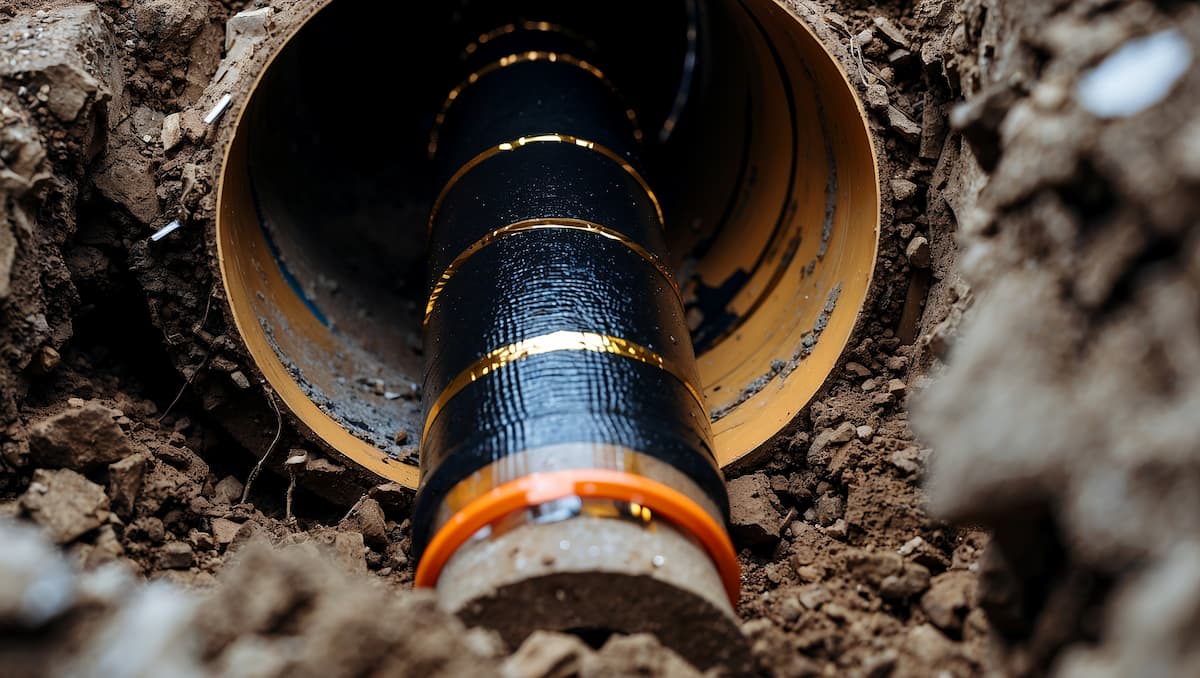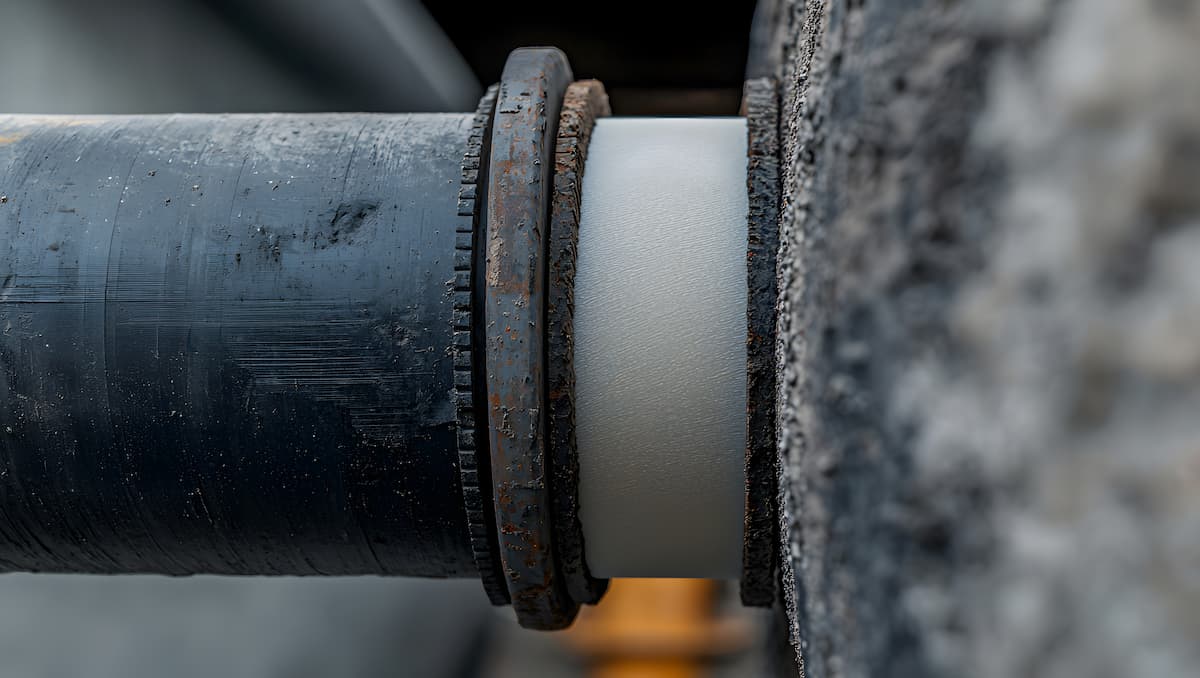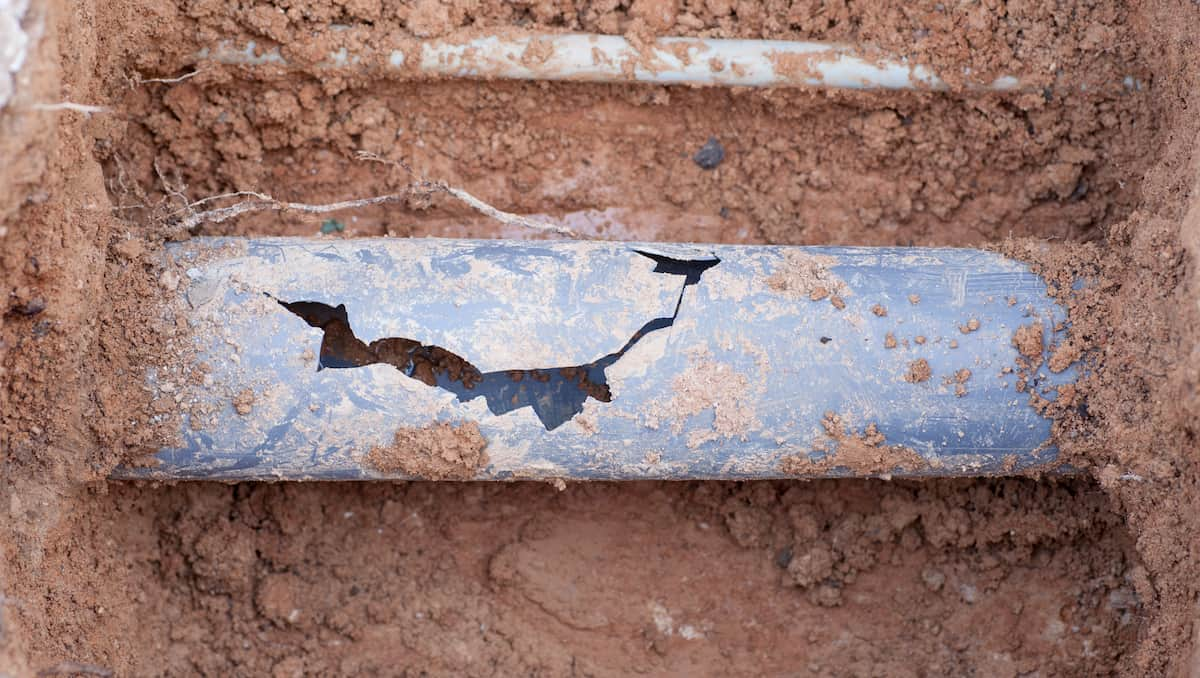Pipe relining is a no dig method of repairing damaged pipes by creating a new, strong lining inside the existing pipe. It is ideal for fixing cracks, leaks, and tree root damage without having to dig up your garden, driveway or floors. The process is quick, often completed in a single day, and when done to Australian industry standards can last 30 to 50 years or more. For Brisbane homes, it is a smart way to protect your property while avoiding the cost and mess of excavation.
Quick Summary
What it is
Pipe relining is a “pipe within a pipe” repair method that seals cracks and leaks without digging. It restores the pipe’s strength and flow while avoiding damage to gardens, driveways, and floors.
How it works
The process involves a CCTV inspection, cleaning the pipe, inserting a resin soaked liner, curing it in place, and finishing with a final CCTV check to confirm the repair.
How long it takes
Most jobs are completed within a few hours to two days depending on the pipe length, diameter, and ease of access.
Reliability
When installed to Australian standards, a relined pipe can last 30 to 50 years or more, offering a durable and low maintenance solution.
Worth it
Pipe relining is often worth it as it avoids the high costs and mess of excavation while providing a long lasting fix for damaged pipes.
What is Pipe Relining?
Pipe relining is a modern, no dig method of repairing damaged or blocked drains and sewer pipes. Instead of excavating the ground to replace the entire pipe, a new resin liner is installed inside the existing pipe to form a strong, smooth “pipe within a pipe.” This seals any cracks, gaps or joint issues and restores full function without the disruption of digging.
In Brisbane, pipe relining is commonly used to fix problems caused by tree root intrusion, ground movement, and ageing clay or PVC pipes. It is suitable for residential, commercial and strata properties, especially where pipes run under driveways, landscaped gardens, or buildings.
How Does Pipe Relining Work? Step-by-step
1. CCTV inspection
A small camera is sent through the pipe to inspect the damage, locate any blockages, and confirm that relining is suitable.
2. High-pressure cleaning
The pipe is cleaned with a high-pressure water jet to remove debris, roots, and build-up, ensuring the liner bonds properly to the pipe walls.
3. Liner preparation
A custom-fitted liner is soaked in a specialised resin. The liner is measured and prepared to match the exact length and shape of the damaged section.
4. Liner installation
The resin-soaked liner is inserted into the pipe using either inversion or pull-in-place techniques. This positions the liner tightly against the inside of the old pipe.
5. Curing process
The resin is hardened using hot water, steam, or UV light. This forms a solid, seamless new pipe inside the original one.
6. Final inspection
A second CCTV inspection is carried out to confirm the repair has been completed to a high standard and that the pipe is ready for use.
Is Pipe Relining Worth It?
In many cases, pipe relining is a cost-effective and long-lasting solution compared to digging up and replacing pipes. It removes the need for disruptive excavation, which often means avoiding the cost of restoring driveways, gardens, and other surfaces after the job is done.
The cost of pipe relining in Brisbane typically depends on factors like the pipe’s length, diameter, number of junctions, and the amount of cleaning needed before installation. While prices vary, relining can often save you thousands of dollars in restoration work alone.
When installed by licensed professionals to Australian standards, a relined pipe can last 30 to 50 years or more. For homeowners and businesses with pipes running under hard-to-access areas, relining is usually the faster, cleaner, and more economical choice.
How Long Does Pipe Relining Take?
Most residential pipe relining jobs can be completed in a single day, with some taking up to two days for larger or more complex repairs. The actual installation of the liner is often finished within a few hours, but preparation and curing times can extend the overall project length.
The total time depends on several factors, including the pipe’s length and diameter, ease of access, the extent of cleaning required, and the curing method used. Hot water and steam curing are generally quicker, while UV curing can be faster again but requires specialised equipment.
A licensed plumber will provide a time estimate after the initial inspection so you know exactly what to expect before work begins.
Is Relining a Cracked Pipe Reliable?
When carried out by experienced plumbers using high-quality materials, pipe relining is a reliable and long-lasting solution for repairing cracked or damaged pipes. The process is widely used across Australia and follows recognised standards such as ASTM F1216, which ensure the liner is strong, durable, and correctly installed.
A properly relined pipe creates a seamless, jointless surface inside the existing pipe, sealing cracks and preventing future root intrusion or water leaks. When maintained correctly, relined pipes can last 30 to 50 years or more, making it one of the most dependable no dig repair options available.
Reliability also depends on the initial inspection. If a pipe is fully collapsed or severely deformed, it may need partial excavation or replacement before relining can be completed effectively.
Does Sewer Pipe Relining Work?
Yes. Sewer pipe relining is an effective method for repairing damaged or leaking sewer lines without the need for excavation. It works by installing a strong resin liner inside the existing sewer pipe, sealing cracks, restoring flow, and preventing tree root intrusion.
This method is suitable for most common sewer pipe materials, including clay, PVC, cast iron, and concrete. It is often used to fix issues caused by ageing pipes, ground movement, or corrosion, and can handle the constant flow and pressure of sewer systems.
When installed to industry standards, a relined sewer pipe can provide decades of reliable service while avoiding the cost and disruption of digging up driveways, gardens, or other built-up areas.
When Pipe Relining Is Not Suitable
While pipe relining is a versatile and effective repair method, it is not suitable for every situation. In some cases, traditional pipe replacement or partial excavation may be the better option.
Relining is generally not suitable when:
-
The pipe is fully collapsed, leaving no space for a liner to be inserted.
-
There are large voids or missing sections of pipe that a liner cannot bridge.
-
The pipe alignment is severely distorted, making liner installation impractical.
-
Access points are too restricted to insert the liner or equipment.
A professional inspection using CCTV cameras is the best way to determine whether relining is possible. If it is not, your plumber can recommend alternative repair methods to restore your drainage system effectively.
To Sum Things Up
Pipe relining is a proven, no dig solution for repairing cracked, leaking, or root-damaged pipes. It offers a fast turnaround, minimal disruption, and long-lasting results when carried out by qualified professionals. While it is not suitable for every situation, it is often the most cost-effective and practical choice for extending the life of your drainage system.
If you think your pipes may be damaged, arrange a professional inspection as soon as possible. The sooner issues are identified, the more likely pipe relining will be a viable and affordable option. If you are in the Brisbane area and need expert help, give us a call today to discuss your options and get your pipes back in top condition.





